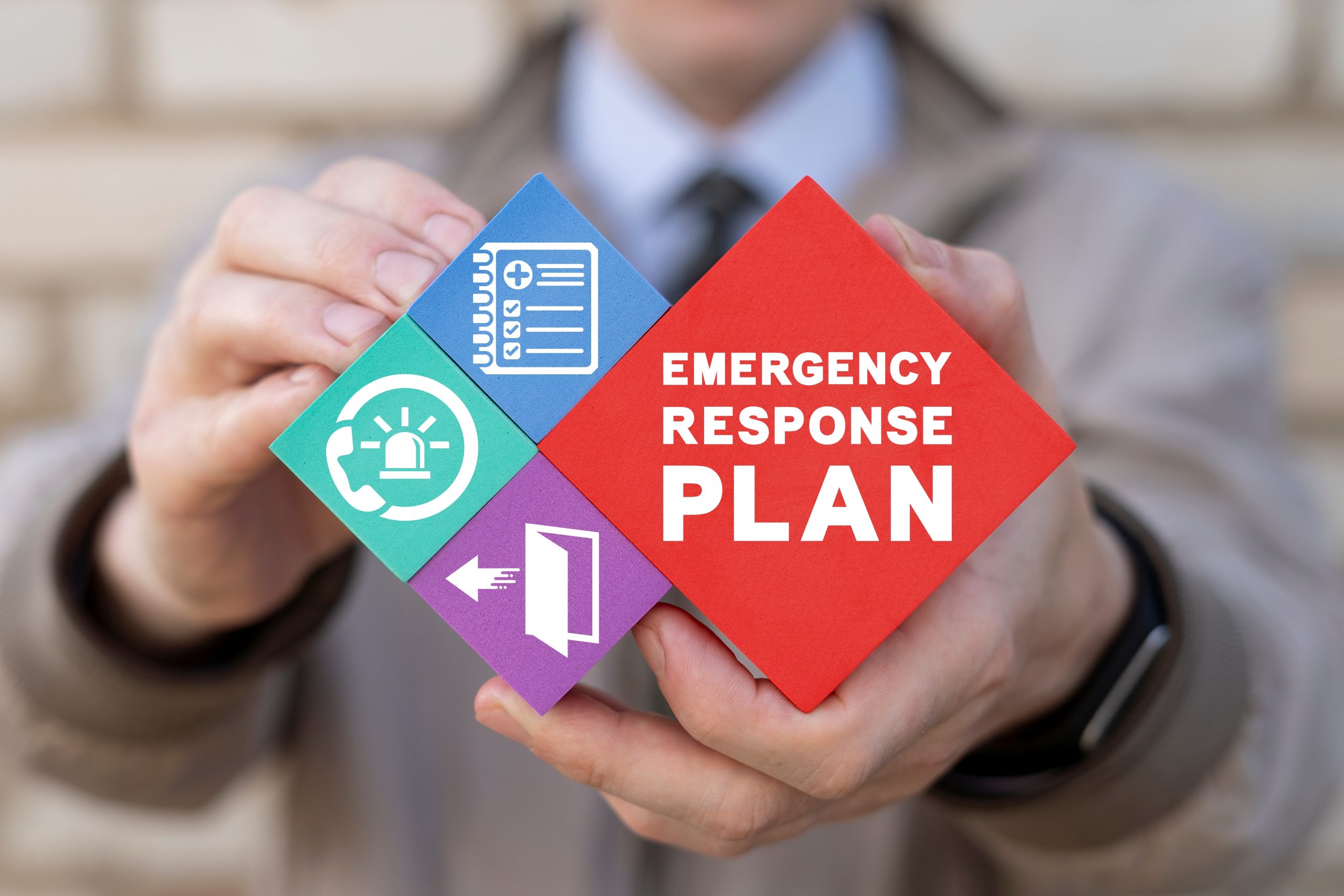What is an emergency notification system?
All about Emergency Notification Systems – part 1
In times of crisis, swift and accurate communication is crucial to ensure the safety of the public and employees, as well as to maintain optimal operations within your organisation. Effective and rapid communication lies at the heart of successful business continuity and emergency response plans; the right message delivered at the right time can significantly reduce the impact of incidents.
It is imperative for businesses of all sizes and shapes to have a dependable system in place for disseminating critical information. In this article, we will delve into the concept of an emergency notification system, and in future articles, we will explore how these systems can be utilised and the key considerations organisations should keep in mind when evaluating different providers.

What exactly is an Emergency Notification System (ENS)?
The longer you take to deal with a critical incident, the more damage it can cause – incidents vary in scale, from minor IT outages affecting a few employees to emergencies that impact your entire organisation. No matter the severity, one thing remains constant: communication is a vital component in successfully managing incidents and minimising their impact.
So, what exactly is an emergency notification system? Put simply, it’s a software solution that allows you to swiftly send alerts to specific groups, key individuals, or your entire contact list, whether they’re located locally, nationally, or globally. With the ability to leverage various devices and communication channels, these systems empower you to reach large or small audiences efficiently. An emergency notification system is there to help you reach your target audience as quickly as possible.
Modern Emergency Notification Systems
As technology advanced, voice calls, SMS text messages, and emails were introduced as faster ways of sharing information with a wider audience. However, triggering these alerts was often complicated and required physical hardware installations on-site. With limited capacity, reaching everyone took time and could be expensive. Just two decades ago, there was a formula for determining how many phone lines were needed.
Today, emergency notification systems have become much simpler to activate and communicate with recipients more quickly. These cloud-based solutions allow users to trigger alerts from various interfaces and across different channels. As modern technology has made mass notification services more accessible, their use has become widespread, extending beyond government agencies and major incidents. According to the latest report from the Business Continuity Institute, over 50% of businesses now utilize emergency notification software for various purposes including IT and infrastructure alerting, COVID-19 status checks, terrorism threats, cybersecurity incidents, and staffing/resource issues.
Read more from Alert Cascade…
Written by
Relevant categories
Follow us
